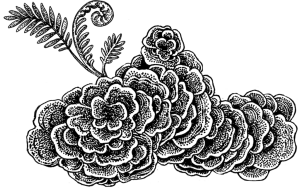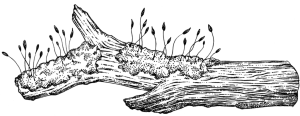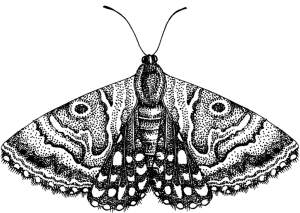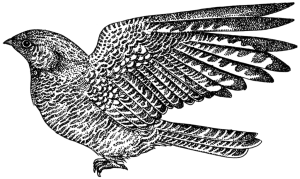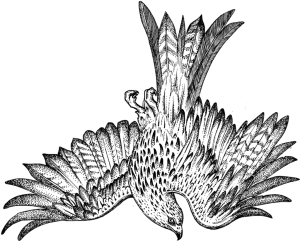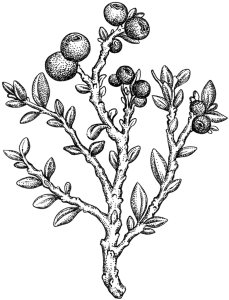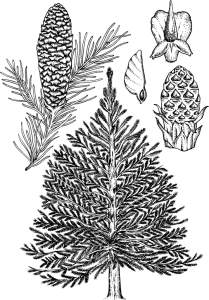We have taken delivery of a beautiful set of illustrations depicting a range of the flora and fauna that make up Living Symphonies’ ecological palette. They are the work of British illustrator Katie Scott, whose intricate and distinctive work has previously appeared in places including the Norwegian Medical Association, perfumier Barnabé Fillion, and an aquatic recipe book published by Phaidon.
We asked Katie to illustrate a series of species covering the spectrum that make up a forest, ranging from decaying wood and fungi to roe deer and birds of prey.
Each of the forest sites that will host Living Symphonies over the coming summer has a characteristic species that we’re using to illustrate it, which can be seen on the Sites section
For Thetford, we selected the nightjar, as it is resident to an unusual proportion of these distinctive birds — 10% of the UK’s population, in fact.
Fineshade Woods is depicted by the red kite, as it is home to a rehabitation programme for these elegant birds, which are often seen soaring overhead.
Cannock Chase is depicted by its eponymous Cannock Chase Berry, a member of the bilberry family which can be found scattered throughout the chase.
Finally, how else could we illustrate Bedgebury Pinetum but with a conifer? Home to a vast number of unusual conifer species, we selected the relatively abundant Norwegian Spruce, alongside which Katie has illustrated its seeds and leaves.
Be sure to look out for each of these species at the sites.

